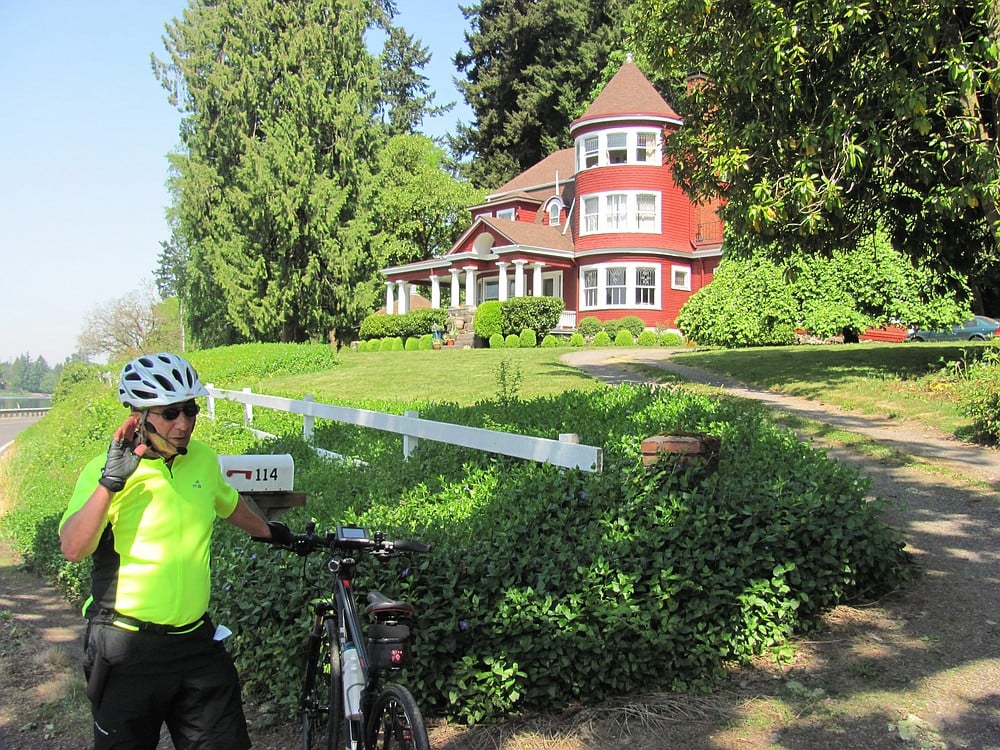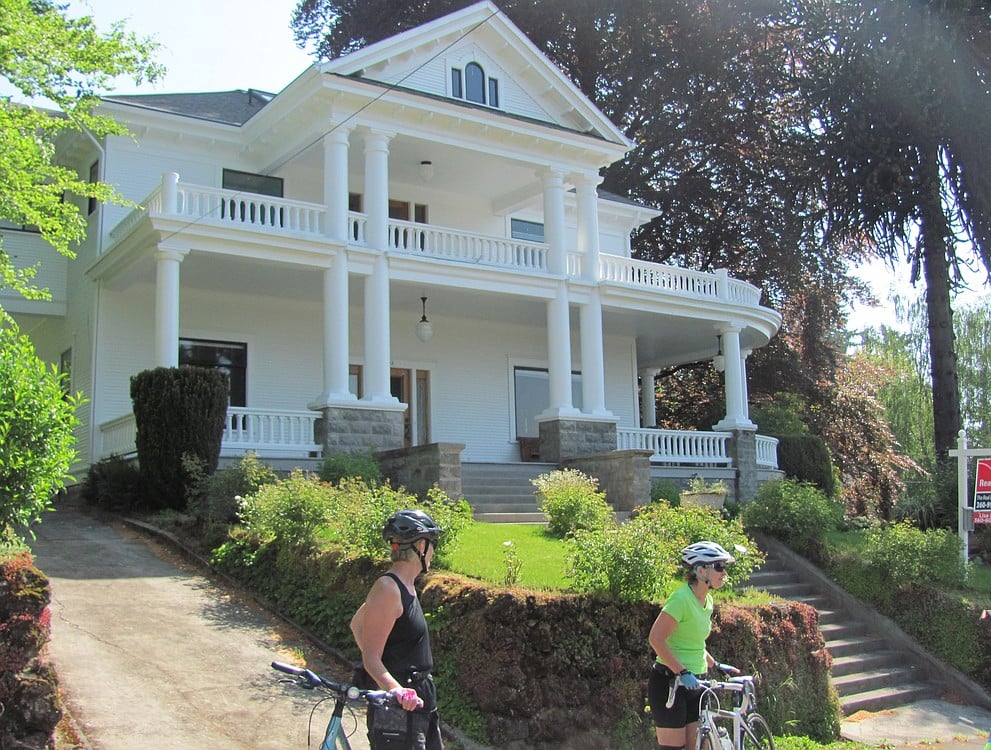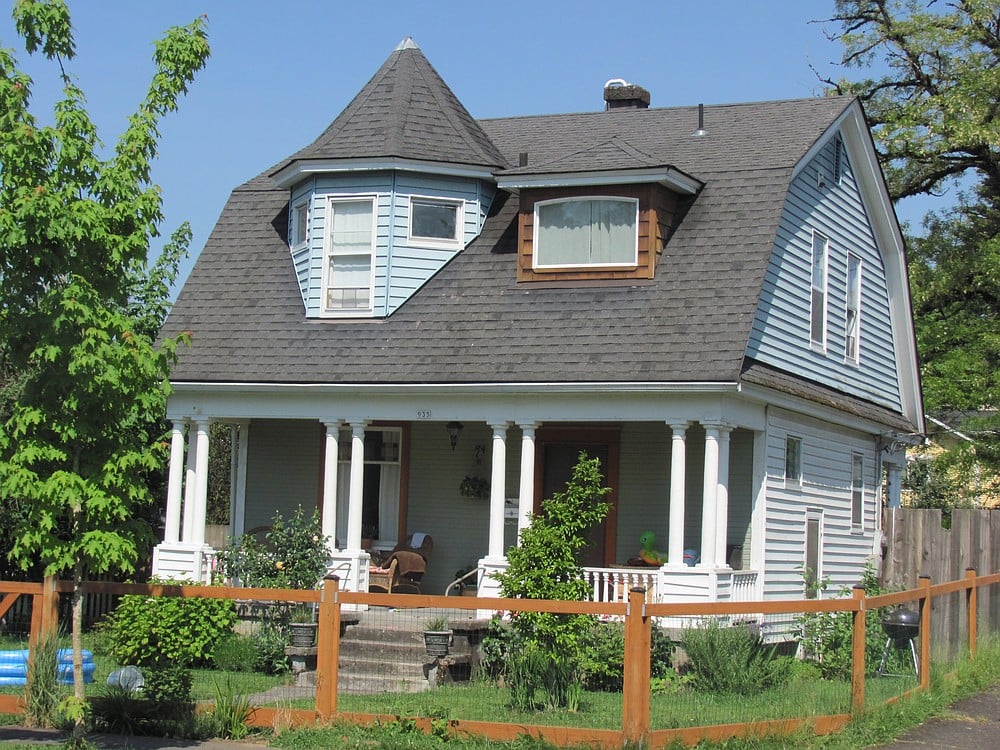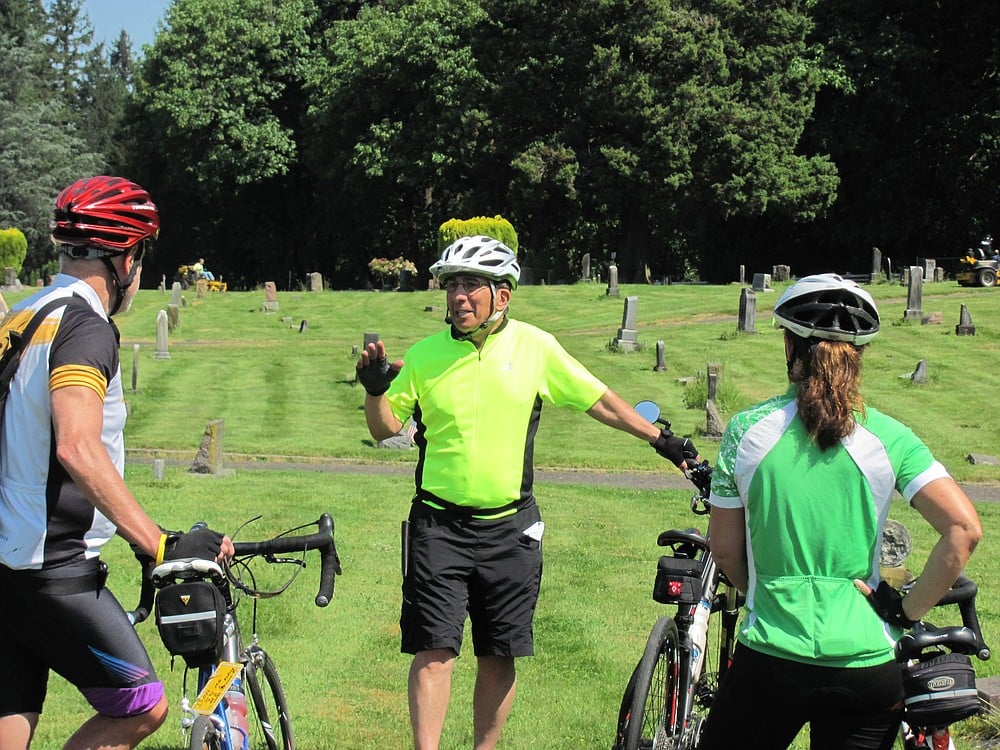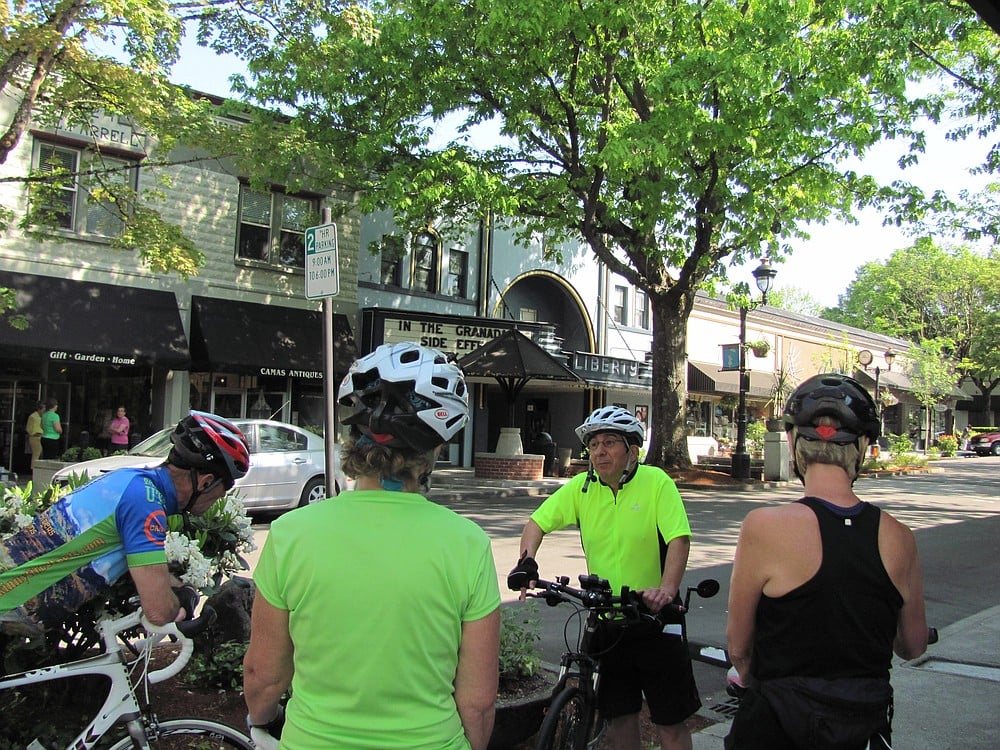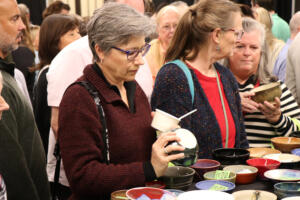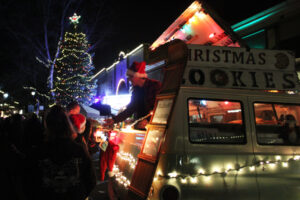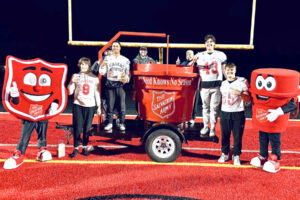“I’m going to get paid to ride my bike!” That was the first thought when my editor suggested profiling local history rides for a feature article.
Anyone who knows me well understands I have a passion for exercise, and I’m also intrigued by most anything historical.
Although I’m new to cycling, I was pretty certain I could keep up with the other riders on the 15 to 20 mile jaunt, which includes several stops to visit local areas of interest.
The Camas History Stroll, as its called, is led by Joseph Blanco. Given the amount of information he knows about the area, you’d think he’d lived here for several years.
Nope. Try seven months. The man knows more about the local area than most people I’ve met, including myself. He’s immersed himself in the area and is also offering downtown walking tours, in addition to cycling tours.

